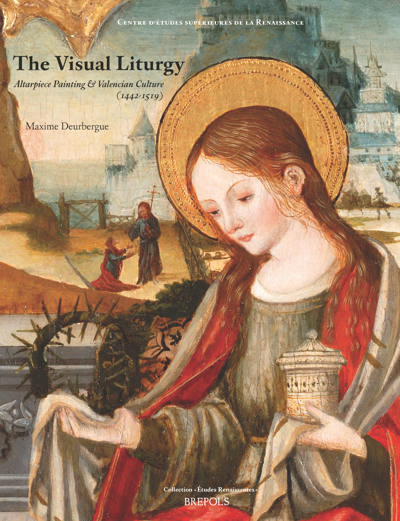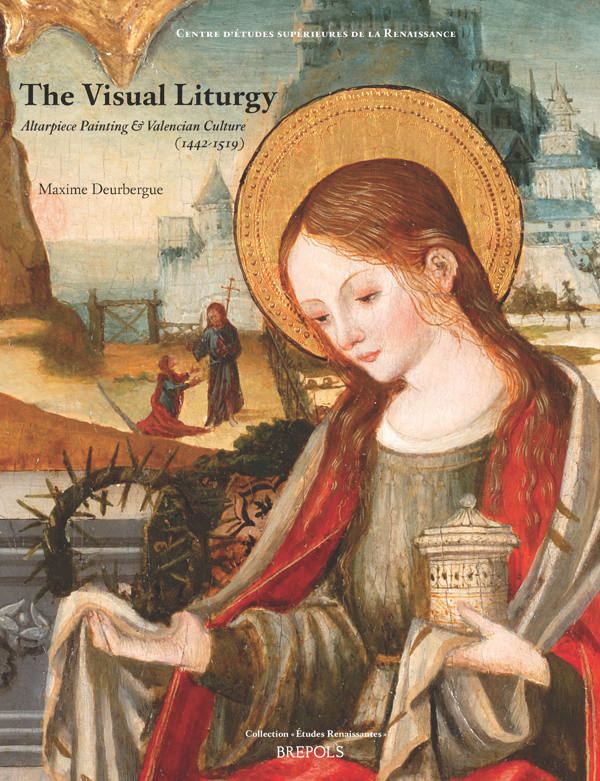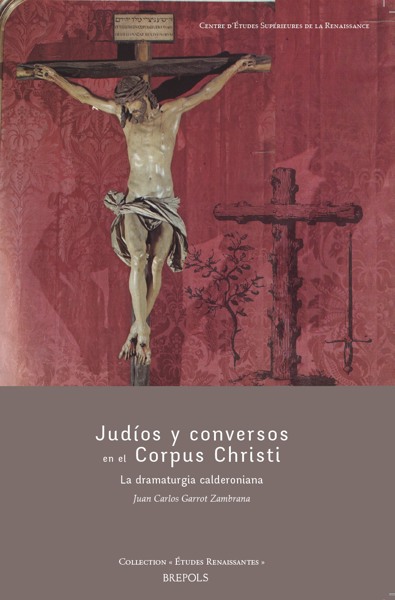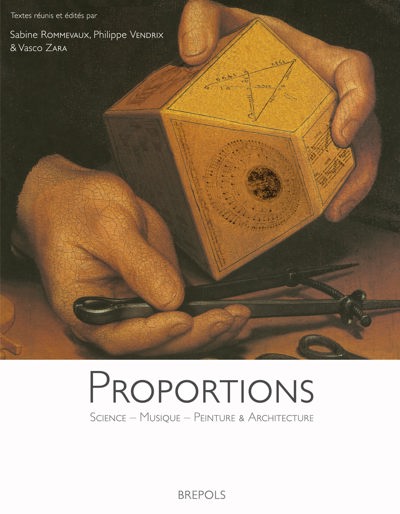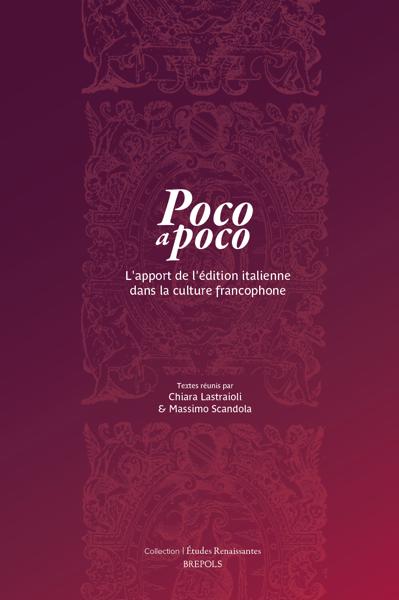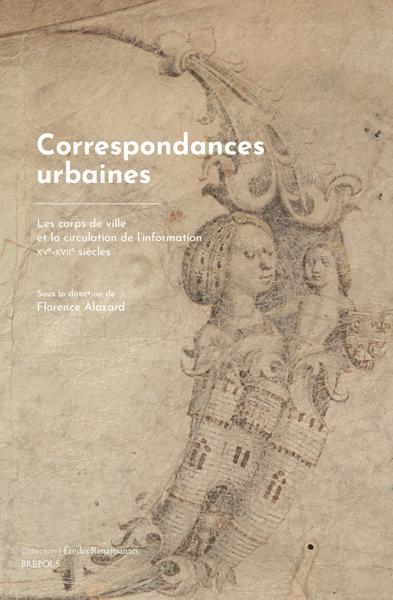
Visual Liturgy: Altarpiece Painting and Valencian Culture (1442-1519)
Maxime Deurbergue
- Pages: 291 p.
- Size:210 x 270 mm
- Illustrations:50 b/w, 85 col.
- Language(s):English
- Publication Year:2013
- € 95,00 EXCL. VAT RETAIL PRICE
- ISBN: 978-2-503-54497-7
- Paperback
- Available
- € 95,00 EXCL. VAT RETAIL PRICE
- ISBN: 978-2-503-56102-8
- E-book
- Available
This study provides a better understanding of 15th-century Spanish art and sheds important new light on the birth of an artistic school in a context of competing foreign influences, and on the reception of such influences into a radically different culture.
"En conjunto, el objetivo de M. Deurbergue de realizar un estudio de la retablística valenciana en su contexto histórico, cultural, social y religioso se ve plenamente alcanzado." (Alicia Miguélez Cavero, in: De Arte, 2013, n° 12, p. 241-243)
"C'est une étude riche et passionnante que nous livre Maxime Deurbergue. En dressant le portrait de Valence à une période charnière de son histoire (tout à la fois âge d'or et début d'un déclin annoncé), l'auteur délivre une analyse fine et complète du contexte social et religieux dans lequel ces retables on été créés et il les replace au cœur de la liturgie pour en comprendre l'iconographie subtile. Le style même de l'auteur rend la lecture de cette somme facile et son enthousiasme pour le sujet transparaît dans son écriture. On ne peut donc que recommander cet ouvrage qui apporte non seulement un éclairage sur la trop méconnue école espagnole mais aussi sur les liens trop souvent minorés entre l'iconographie des retables et leur contexte litugique." (Élisabeth Ruchaud, dans: Francia-Recensio, 2014/4, online: http://www.perspectivia.net/content/publikationen/francia/francia-recensio/2014-4/MA/deurbergue_ruchaud)
"En resumen, cabe celebrar la aparición de tan ambiciosa síntesis sobre la pintura valenciana de finales de la Edad Media e inicios de la época moderna. (...) lo cierto es que Deurbergue nos ofrece una variada panoplia de sugestivas y originales interpretaciones sobre una notable serie de retablos gestados por un gran número de maestros." (Joan Molina Figueras, in: Codex Aquilarensis, 29, 2013, p. 289-304)
In the introduction to his Early Netherlandish Painting, Erwin Panofsky characterised 15th-century European painting with an opposition between the art of Italy and that of Flanders, and significantly, he recalled that in the eyes of a Luther or of a Michelangelo, no other School deserved attention. Six centuries later, Spanish art of this period remains little known outside the Iberian Peninsula. The fact that a large number of the works of art are still kept in their original location surely plays a part in this, but there is also a lasting prejudice that this art is aesthetically and intellectually little exciting. Retables were then the utmost artistic expression. At first sight, they mostly look the same. Because this art seems changeless, its exegesis has been routine and vague.
Visual Liturgy challenges this situation. Focusing on the Aragonese city of Valencia, then at the height of its pride and glory, it examines a school of painters, which reflects a wider scene, namely the civic and religious preoccupations of a whole culture. Not only does it provide a comprehensive view of current research on Valencian painting, it connects it to the wider context of Valencian piety and tackles the dialectics at work in civic culture: how the monarchy took hold of the municipality; how foreign influences challenged local tradition; how sophisticated altarpieces emerged from the standard stock of artistic production; how, finally, the liturgy prevented ruptures between the religion of the learned and more popular, even at times slightly unorthodox, expressions of the faith.
Visual Liturgy thus provides a better understanding of 15th-century Spanish art. It sheds important new light on the birth of an artistic school in a context of competing foreign influences, and on the reception of such influences into a radically different culture; finally, it is the first attempt to explore the meaning of Valencian altarpieces with reference to their cultural, spiritual and liturgical context of creation.
